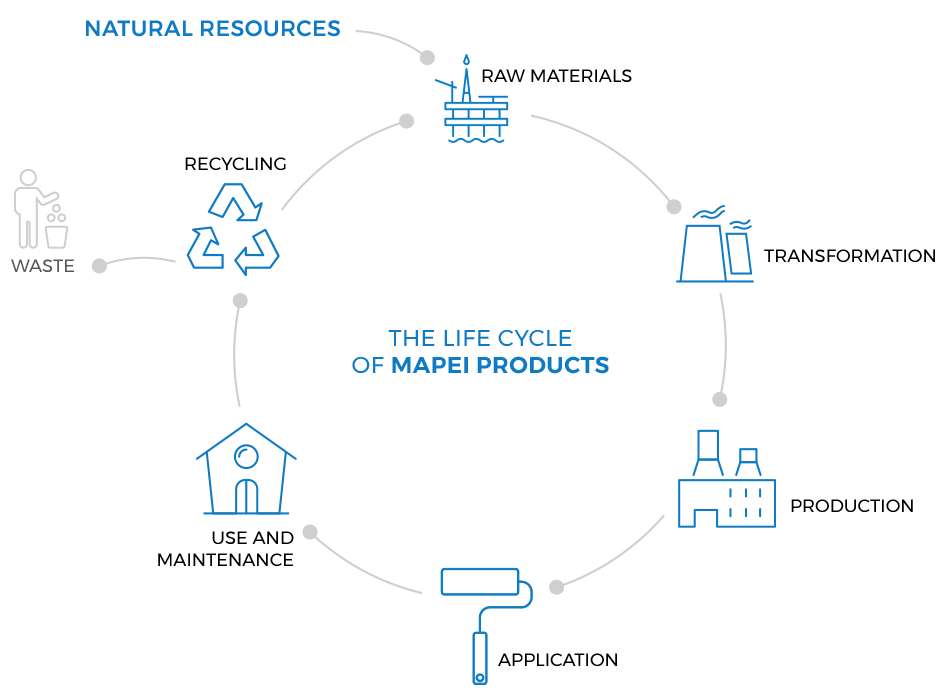

Model EPD’s have been developed by FEICA (Association of the European Adhesive and Sealant Industry) and EFCA (European Federation of Concrete Admixtures) according to a “worst case scenario” approach.
EPD’s by FEICA and EFCA are certified and published by the German Program Operator IBU.
